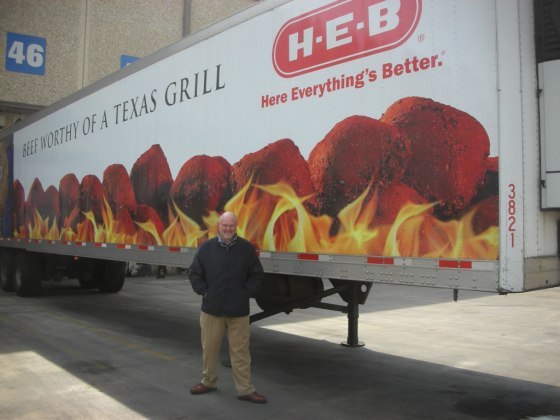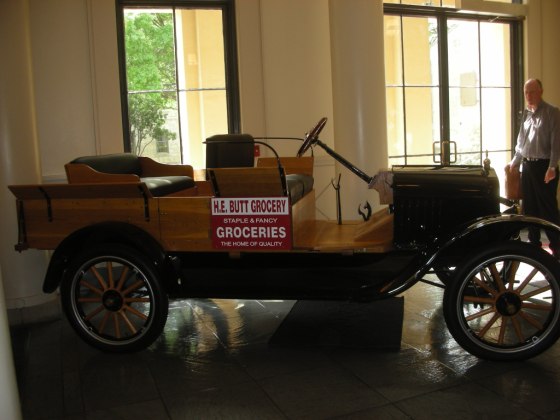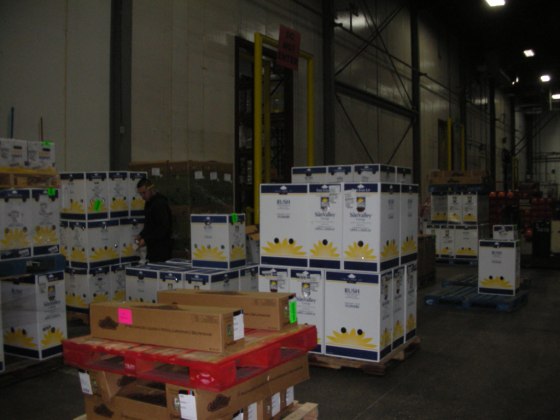Have you ever wondered where the cut flowers that you are about to buy for Mother’s Day come from? If you are like approximately 75% of the people that buy packaged cut flowers in San Antonio, your Mother’s Day flowers will come from HEB. However, HEB doesn’t grow those flowers. HEB buys most of their cut flowers from growers in Columbia. In fact, most of the cut flowers sold in the US are now imported. In 1971, the US produced about 1.2 billion blooms of the major cut flower crops (roses, carnations and chrysanthemums) and imported 100 million. Fast forward 30 years and that trend have been completely reversed. In 2003, the US imported 200 billion stems and produced just 200 million. A whopping 70% of those imported stems now come from Columbia.
I am currently enrolled in “International Marketing of Floriculture Crops”. This course is taught by two true masters of horticulture, Dr. Charlie Hall and Dr. Terri Starman. For the past four months they have taught us how cut flowers are produced, imported and marketed. To enforce some of the concepts that we have been learning, they put together a field trip to the HEB Floral Distribution Center in San Antonio. What an interesting and enjoyable trip this was.

The yupneck in front of one of HEB's refrigerated trucks that are going to keep mom's flowers between 34 and 42 degrees. Note that I am wearing a coat. The floral facility kept me between 34 and 42 degrees as well.
In order to keep costs as low as possible, HEB contracts directly with growers in Columbia. HEB works very closely with these growers to ensure that they are producing the high quality products that HEB demands. These growers cut, package and ship their flowers to a distribution center in Miami. HEB then contracts with trucking companies to have those flowers delivered to their San Antonio warehouse. Once at the warehouse, HEB quality control inspects the shipment. If the flowers pass inspection they are then sorted and shipped to one of their 335 stores.

The first truck that HEB used to deliver flowers. Not really, but it is the first truck that they used to deliver groceries
Now that is a lot of moving around for a very perishable product. In fact, most cut flowers have been “cut” for 12 to 15 days before they reach the store. Add to that, the fact that HEB offers a freshness guarantee (they are the only grocery store chain to do this) and you begin to see how truly amazing your bunch of Mother’s Day flowers is.
How can HEB (and other retailers of cut flowers) do this? The answer lies in a thing called “the cold chain”. Temperature is the single biggest factor affecting the “life” of fresh cut flowers. The growers have developed methods that chill the crop as soon as it is cut. From the time it receives that initial chilling until it is placed on a retailer’s shelf, your mom’s bunch of flowers was stored and transported at between 34 to 42 degrees. These cold temperatures reduce all of the factors that contribute to the ultimate “death” of the flowers and ensure that they will look good for mom for at least a week or two.
Providing cut fresh flowers to the US public is a very complex system. It is truly amazing to me that HEB is able to manage all of these processes and still sell you a very high quality product at a very reasonable price. My hat is off to HEB!


